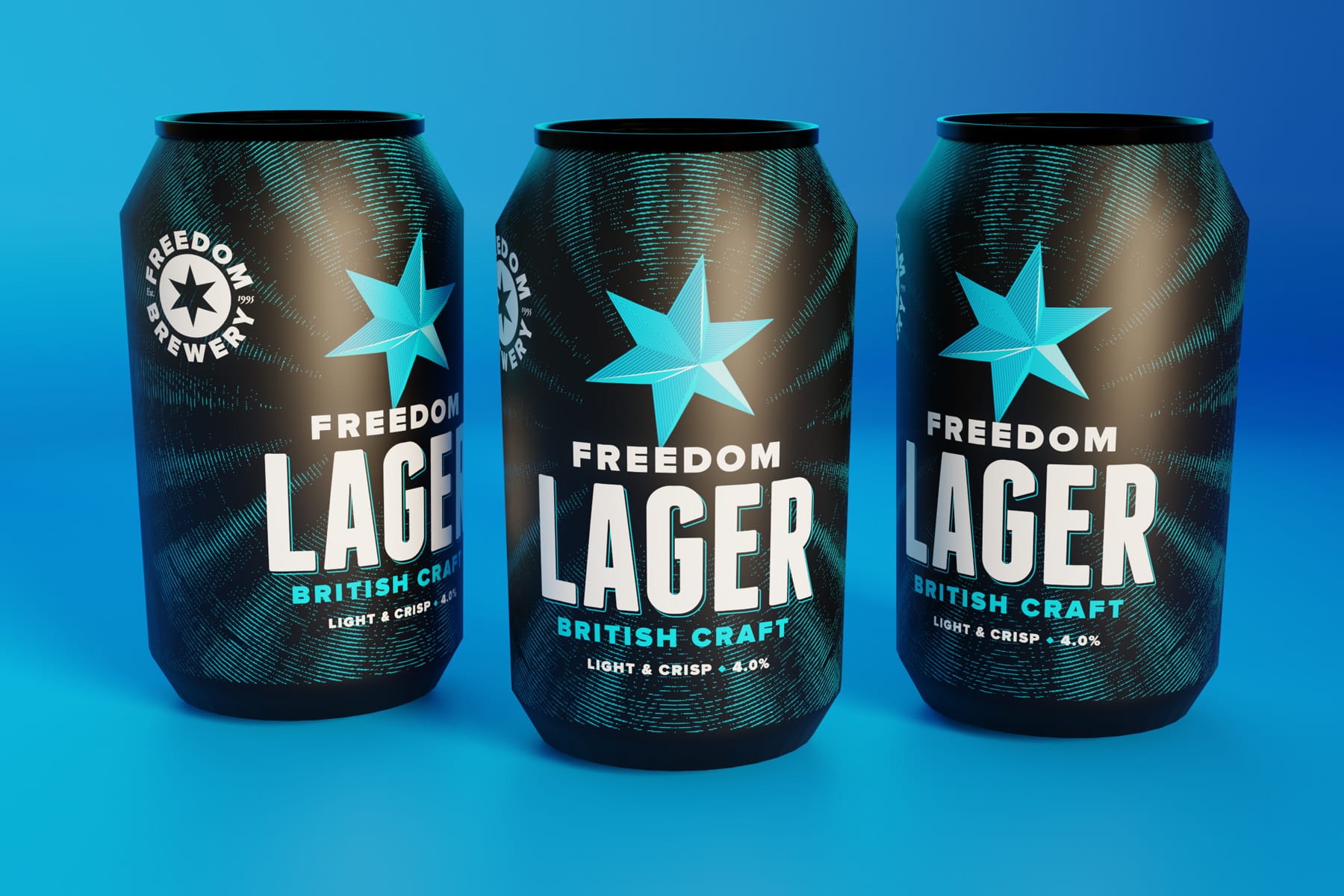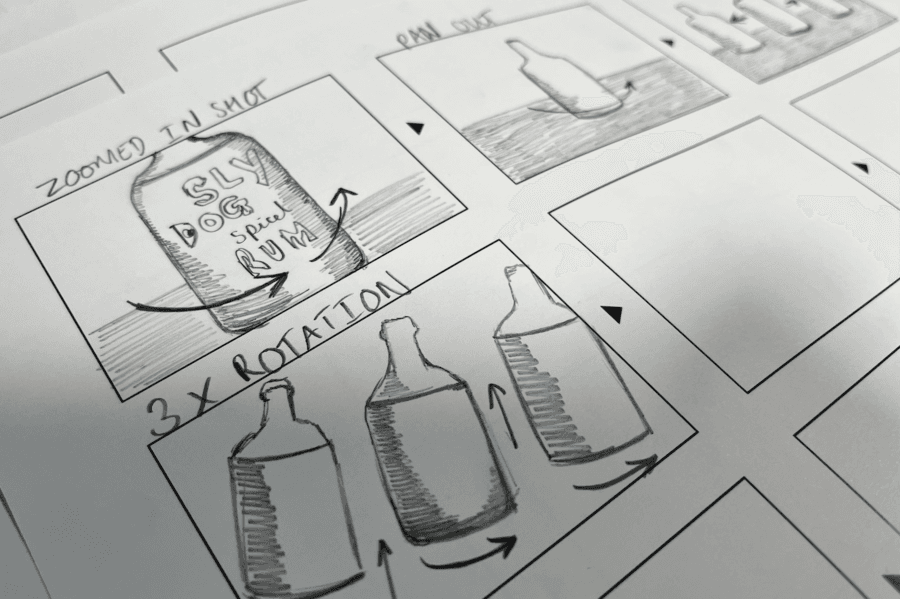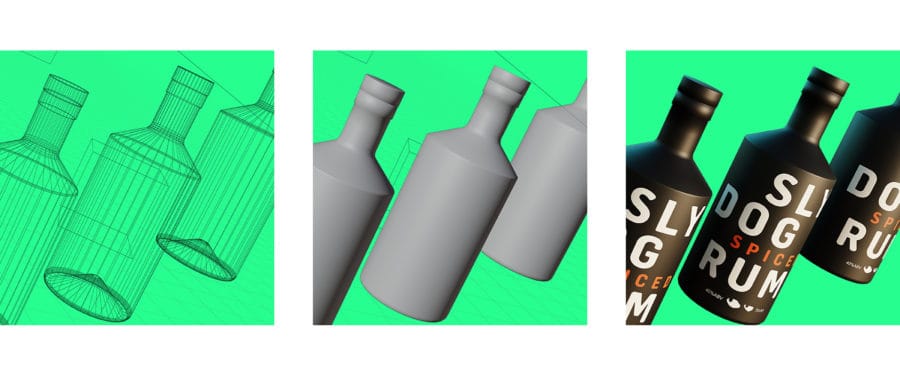
CGI: ELEVATING BRAND STORYTELLING
by Luke Page
on 08/04/2024
Computer Generated Imagery (CGI) is one of the most powerful design tools in a brand’s arsenal as it allows complete flexibility and creativity – just take a look at the unique brand positioning shown through Engine Gin’s 3-D immersive webpage.
From packaging mock-ups to TikToks, CGI can bring elements of your brand to life with ease, but its real power lies in the integration with your traditional brand storytelling. This combination gives you the flexibility and creativity needed to set you apart from competition but stays true to the authenticity of your brand.
We often use CGI to help clients visualise how packaging designs will look in person, especially when presenting multiple options across a range of products. Our animation team used CGI to do just that for Freedom Brewery, the visuals produced allowed the client to get more of a feel for the proposed design – example below.
For our clients Sly Dog, this meant using CGI to enhance the brand’s rebel spirit. For those interested in the technical nitty gritty, I’ve detailed the animation process below.
Planning & Early Designs:
It all begins with clarifying the purpose and context of the CGI, considering its intended use and the message it aims to convey to audiences. Once I have the outline, I’ll start to craft a visual narrative through initial sketches or storyboards, outlining key scenes and frames to guide the development process and solidify the conceptual direction.

Animation:
The next step is to initiate the creation of 3-D models, ensuring that they meet specified requirement and scale. With these models, I can begin to establish virtual lighting set ups to enhance the scene’s mood and atmosphere, adjusting factors like intensity, colour, and direction.
I would then apply detail to the 3-D models, layering intricate surface textures, colours, and materials to imbue them with realism and depth. Once the models themselves have been completed, I can then inject life into the models by animating keyframes, infusing them with movement and dynamism to enrich the storytelling.
To finalise the animation, I’ll then use rendering engines to transform the 3D scene into the final 2D image or sequence. The key is to account for lighting, shadows, reflections and other visual elements to ensure realism.

Reviewing & Revisions:
Before anything leaves the studio, the senior team scrutinise the CGI for precision and quality, checking it against the project brief. We would then make any final changes before sharing with the client, implementing any necessary adjustments based on feedback, ensuring the final product exceeds expectations.
If you’re reading this and have an interest in CGI visualisation for a project you’re currently working on, then please get in touch.
Bio: Luke Page – Motion Designer
Luke is a specialist in motion and has an excellent understanding of design principles. He is driven to create content that is unique, engaging and original.



